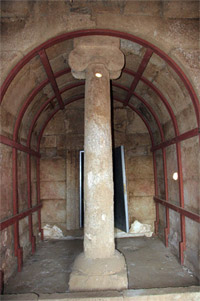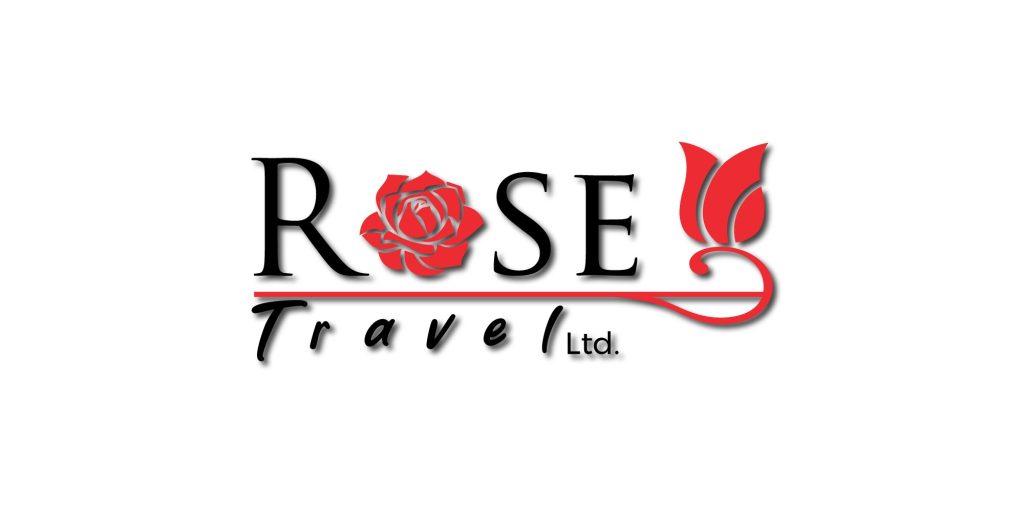Tomb of Shushmanets
Tomb of Shushmanets
It is located 12 km north of Kazanlak
The temple in the “Sushmanets” mound was built in the 4th century BC, but it was also used as a tomb. The temple has no analogue on the Balkan Peninsula, as it is the only Thracian temple with columns in both the vestibule and the chamber. Here the Thracian idea of the construction of the universe is developed in detail. In the middle of the vestibule rises an impressive column, which ends with a large disc – a symbol of the sun.
Храмът в могилата „Шушманец“ край гр. Шипка е открит на 28 август 1996 г. Има широк коридор, предверие с полуцилиндричен свод и кръгла куполна камера. Той е първият и единствен досега тракийски храм с колони и в предверието, и в камерата. В предверието са пренесени в жертва четири коня и две кучета, чиито останки са добре запазени.
The entrance to the circular room was closed by a double-winged stone door with a surface divided into cassettes, on which there were images of stylized rotating sun disks, which were subsequently hidden under red paint. Above the entrance to the central room is a modeled false pediment with palmettes and half-palmetes at the ends.
The temple in the “Sushmanets” mound was built in the 4th century BC, but it was also used as a tomb. The temple has no analogue on the Balkan Peninsula, as it is the only Thracian temple with columns in both the vestibule and the chamber. Here the Thracian idea of the construction of the universe is developed in detail. In the middle of the vestibule rises an impressive column, which ends with a large disc – a symbol of the sun.
Храмът в могилата „Шушманец“ край гр. Шипка е открит на 28 август 1996 г. Има широк коридор, предверие с полуцилиндричен свод и кръгла куполна камера. Той е първият и единствен досега тракийски храм с колони и в предверието, и в камерата. В предверието са пренесени в жертва четири коня и две кучета, чиито останки са добре запазени.
The entrance to the circular room was closed by a double-winged stone door with a surface divided into cassettes, on which there were images of stylized rotating sun disks, which were subsequently hidden under red paint. Above the entrance to the central room is a modeled false pediment with palmettes and half-palmetes at the ends.

From the middle of the circular chamber to the dome rises a column plastered with a fine lime stucco. The column supports a large circular disk, also plastered. It closes the dome, built of 15 radially arranged stone blocks. The walls of the chamber are separated by three, one above the other, belts. The lowest belt is formed by seven columns, with ten longitudinal grooves each, and seven fields are formed between them. Another horizontal belt follows, and above it seven half-columns, and above them is the upper part of the dome. Its stone blocks are sun rays that outline the sky and the solar divine world. Its unique architectural solution makes it one of the most representative works of Thracian architecture.


